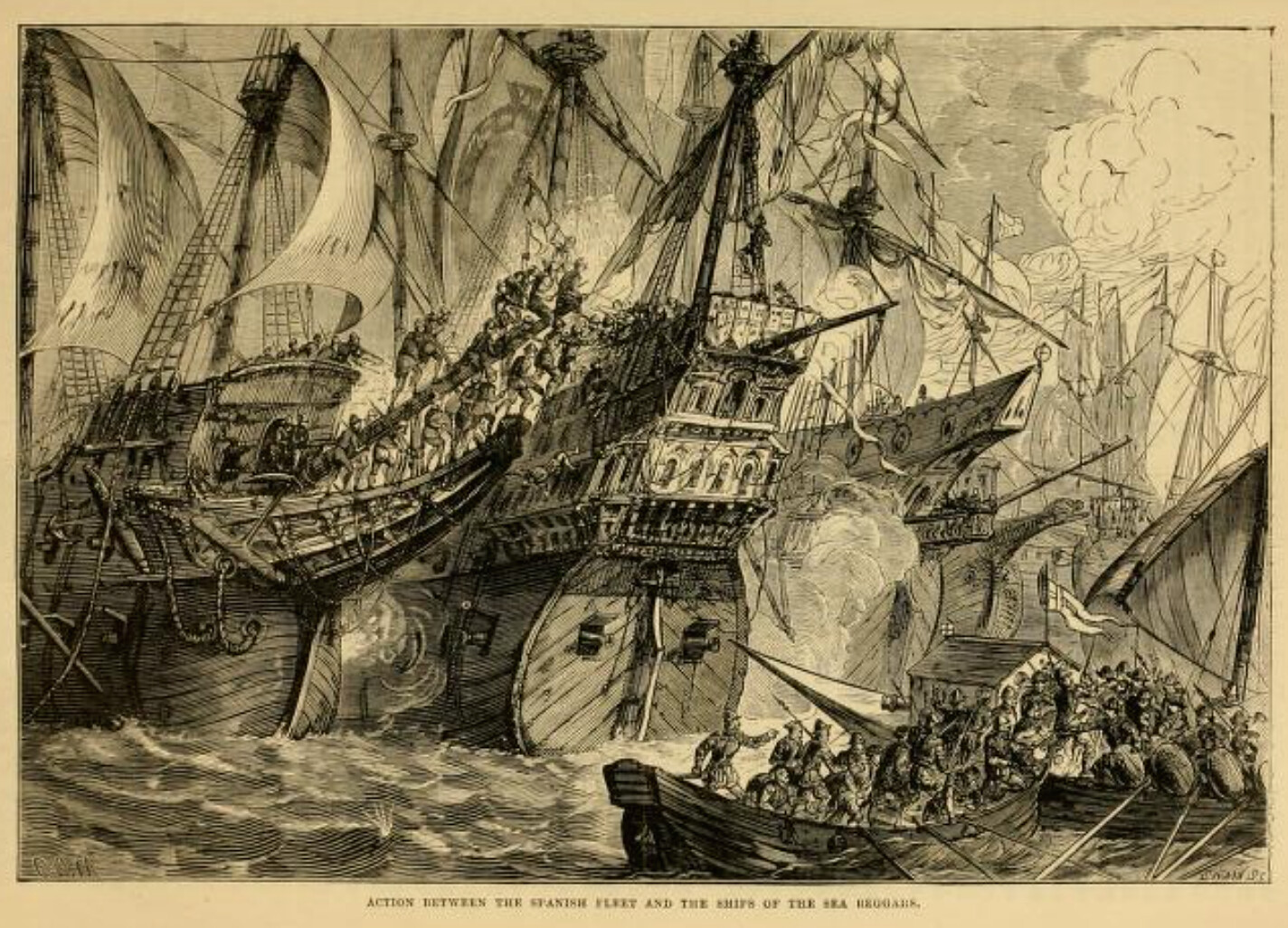San José Y Las Animas (shipwreck) on:
[Wikipedia]
[Google]
[Amazon]
The ''San Jose Y Las Animas'' is a

shipwreck
A shipwreck is the wreckage of a ship that is located either beached on land or sunken to the bottom of a body of water. Shipwrecking may be intentional or unintentional. Angela Croome reported in January 1999 that there were approximately ...
with historical significance near Plantation Key, Florida, United States. It sank in a hurricane in 1733 and is located approximately 4 miles southeast of Plantation Key. On March 18, 1975, it was added to the U.S. National Register of Historic Places.
History
The San Jose y Las Animas was a merchant ship built in England in 1728 for Spain. Being part of the 1733 fleet that consisted of four warships, and eighteen merchant ships. San Jose y Las Animas was a 327-ton merchant ship carrying twenty-six guns and captained by Cristobal Fernando Franco. Leaving the port of Cuba and heading back to Spain, the ship was hit by a hurricane On July 15, 1733, and sinking off the coast of Florida. All crew were accounted for.Location of the wreck
San Jose y Las Animas ran aground off Tavenier Key. The San Jose quickly filled with water as the crew was under the haul of the ship seeking shelter from the storm. The crew had abandoned the ship and made their way to shore on rafts. The San Jose sank in twenty-eight-foot waters making it hard for the crew to recover the items on the ship. The San Jose was detected by treasure hunters in 1968, buried in the sand. The exact location was 24 degrees North 80 degrees 29.334 W. The treasure hunters used a magnetometer to find the 135' long ballast and roughly 40' wide. They Also found twenty-three cannons and two anchors that were scattered around 200' from the site.
Recovery of items
The registered cargo of San Jose carried 30,435 pesos in silver andbullion
Bullion is non-ferrous metal that has been refined to a high standard of elemental purity. The term is ordinarily applied to bulk metal used in the production of coins and especially to precious metals such as gold and silver. It comes from t ...
, porcelain from China, brazilwood, cocoa, and vanilla. The wreck was found by treasure hunter Tom Gurr and backed by the Smithsonian under Mendel Peterson. They used 8-inch airlifts to bring the wreckage up from the sea. Because San Jose y Las Animas was within three miles of the coast, Florida wanted to enforce a 25 percent finder's fee on the treasure that Tom Gurr and his crew had found. Florida stated that the wreck was a historic site state in the Florida Constitution of 1865. The case went on for years until the court sided with the state. Gurr was ordered to return what he had recovered from the wreck. Tom Gurr stated that he threw back 50,000 to 100,000 dollars' worth of bullion back at the site of the wreck making the state of Florida press charges of grand larceny on Gurr since a percentage of the wreck was theirs. The state eventually found the coins that were still marked as registered by the state and the overseers of the project.
Further resource This is a link to a video of a news broadcast showing Gurr throwing the artifacts back into the ocean.
References
National Register of Historic Places in Monroe County, Florida Shipwrecks of the Florida Keys Shipwrecks on the National Register of Historic Places in Florida Maritime incidents in 1733 {{shipwreck-stub